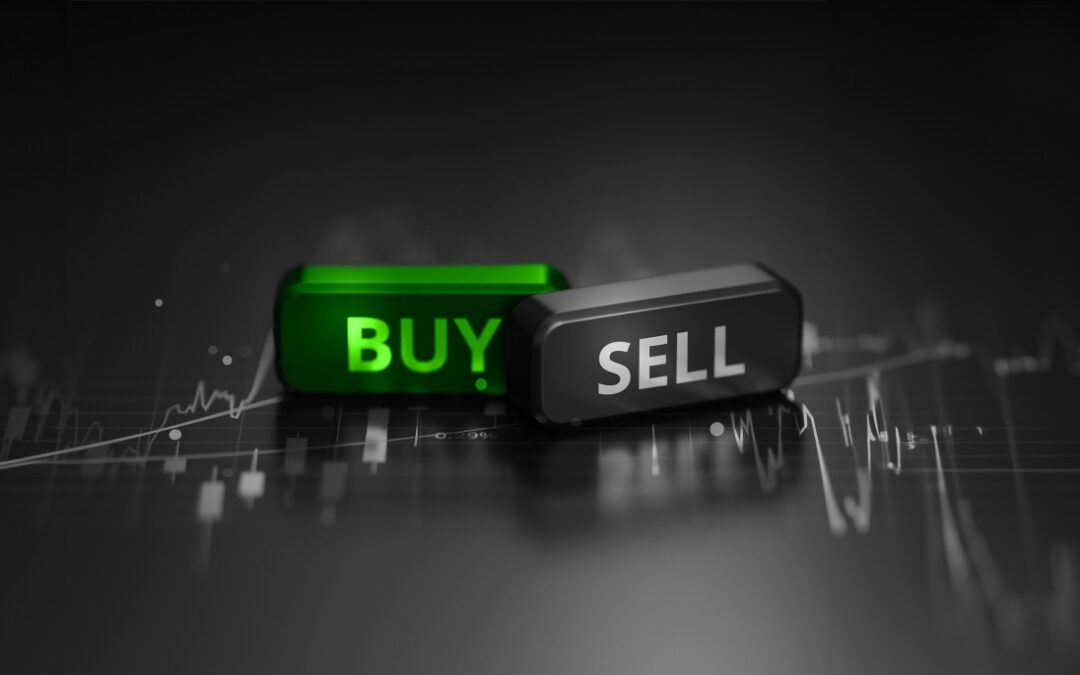A story of zero commissions
It is one of the most powerful gestures in modern finance. A single tap. A green button. And just like that you have invested in the future. Or so it seems.
Trading today feels effortless. It is dressed up in smooth interfaces, glowing with zeroes. Zero commission. Zero paperwork. Zero barriers. The numbers slide cleanly. The confirmation buzzes. Everything in the experience is designed to say you are in control.
If you think that click is the end of the story, you are not reading the fine print, mostly because there is not much to read. The real action happens after your finger lifts. That is where the theatre ends and the dealing begins.
For years the industry made money by telling you what you were paying. A fee here. A charge there. Brokers were middlemen and they charged in the open. That model is disappearing, not because conscience changed, but because the business did.
When a broker says zero commission, it does not mean charging stopped. It means the revenue moved. It moved to places that are harder to see and that work better when no one asks many questions.
The first place to look is the spread. You are buying at one price and someone is selling at another. The gap in between is where revenue hides. It is not called a fee, but it behaves like one. It can widen in volatility. It can lean against you without anyone blinking.
Illustration only. 200 shares at 50 dollars with a 0.05 dollar spread equals about 10 dollars in spread cost. If the spread widens to 0.10 dollar while the order fills, the cost is about 20 dollars. Results vary with conditions.
Then there is the question of where your order goes. Most people picture a public exchange like in a movies. In practice many retail orders are handled by private wholesalers. Some of those firms pay brokers to receive that flow. Payment for order flow is legal in some places and banned in others. Best execution rules still apply. Incentives differ by venue. That is the point.
If you trade contracts for difference, the picture is different again. In many CFD models the broker is your counterparty. When that is the case, your loss can be their gain. It is legal in many places. It is not neutral.
The clever part is not only in pricing or in routing. It is in the design. Platforms today are behavioural machines. Leverage can be preselected. Order type can default to market. Execution can be one tap. Prompts and small celebrations nudge you to act again. Speed feels like control. Often it is the opposite.
You do not see a fee line. You see a result. Slightly worse fills. Slippage that adds up. Slippage is the difference between the price you tap and the price you get when the market moves. Prices that feel off after currency conversion. A year later the performance does not match the chart and the question becomes obvious.
None of this is new. What is new is how invisible it has become. Brokers have become tech companies. Pricing has become user experience. Trust has become a tagline.
It is a neat trick. Everyone is chasing zero. Zero commission. Zero friction. Zero barriers. The only thing that is truly zero is transparency.
So next time you click Buy, pause. Not because the button is wrong, but because everything that comes after it should be visible, honest, and yours. If it is not visible, you did not escape the fee. You stopped seeing it.
“Investors today are not asking for favors. They are asking for fairness. Zero commission is meaningful only when it comes with zero manipulation, zero distortion, and zero conflict. Show the route and the full price before confirm.”
Tajinder Virk, Co Founder and Group CEO, Finvasia Group
How to see it in your app
• Open the order preview and look for the route or venue
• Read the complete price on that screen, including the spread and any note on slippage
• Check order settings such as type and time in force. If any item is missing, ask support for the execution policy





